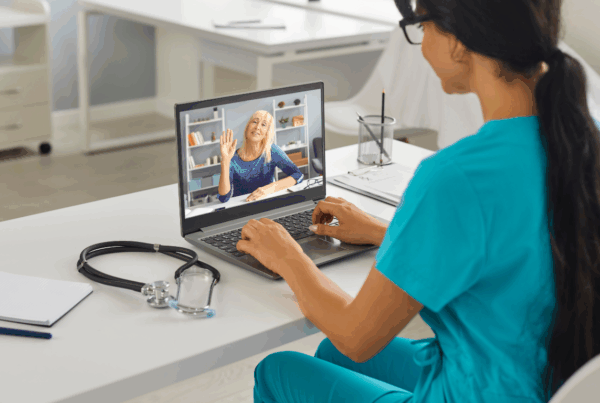Primary care practices know the struggle all too well: the phones don’t stop ringing after 5 p.m., and patients with urgent concerns often turn to urgent care or the ER when they can’t reach their doctor. This leads to fragmented care, unnecessary costs, and stressed-out providers.
By combining after-hours nurse triage with virtual telehealth visits, you create a single, seamless patient experience, one that protects your staff, keeps care in-house, and improves patient satisfaction.
The Problem with “One or the Other” After-Hours Care
Many practices either use an answering service or offer telehealth coverage alone. While both have value, neither fully solves the problem.
- Answering services simply take messages, often without medical assessment, leaving providers with a long callback list and little patient guidance in the meantime.
- Telehealth-only coverage can result in overuse for minor issues that could be safely managed through nurse-led protocols.
This is where a combined model makes all the difference.
How the Telehealth & Nurse Triage Model Works
A Simple Workflow Diagram
After-Hours Call ➜
Nurse Triage ➜
Self-Care OR Telehealth Visit ➜
Documentation ➜
Daytime Follow-Up
Real-Life Case Studies
Why the Combination Outperforms Standalone Options
1. Better Triage Accuracy
Nurses can prevent unnecessary telehealth visits while ensuring urgent issues get immediate attention.
2. Reduced Provider Burnout
Only cases that truly require provider expertise are escalated, letting providers rest when they’re not needed.
3. Improved Patient Experience
Patients get answers right away instead of waiting for a callback — and see a provider the same night if needed.
The Financial Impact
- Fewer ER visits mean reduced costs for patients and payers.
- Retention of patients within your network protects long-term revenue.
- Lower provider overtime and on-call burdens reduce burnout-related turnover costs.
(Source: American Academy of Family Physicians, Telehealth Research & Policy Institute)
Ready to see how much your system could save?
Explore how Anytime Telecare’s after-hours nurse triage helps hospital systems improve access, reduce costs, and protect their providers.



